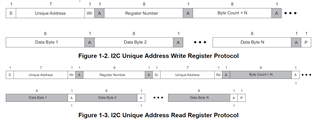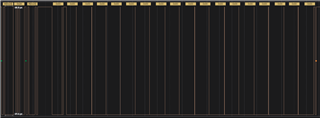Tool/software:
I've got a TPS25751 EVM at my desk with the EEPROM disconnected (J16 opened) attached to a microcontroller over I2Ct.
We are testing the use case of not having a dedicated external EEPROM and just streaming over a PATCH on boot. That seems to be working fine, PTCH -> APP transition is reliable.
However, I am manually starting this process off through a terminal. My timing is asynchronous with the USB-C connection being made.
I have the CC pin scoped and I can see that when I connect USB-C to the board, the CC line blips repeatedly for about 10 seconds.
My PTCH -> APP transition sends about 12.9kB @ 100kHz and then has to execute, the whole process takes about 2.36 seconds.
Practically this means that I have to start the PTCH->APP transition within 7 seconds of the USB-C cable being connected. If I wait too long, PTCH -> APP transition works fine, but the voltage never goes higher than 5V.
I tried a 'GSrC' command but that responds with "Task Rejected" (0x3), I'm guessing because the Receive Source Capabilities Register is NULLed.
I do get success if I send Gaid or GAID and then kick off a new PTCH -> APP transition.
However, there's got to be a way to start a new negotiation without resetting / repatching the chip. Does anyone know how?
-Thanks
-Brad





